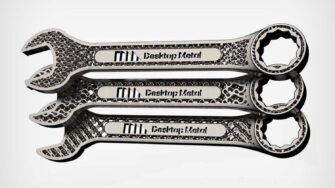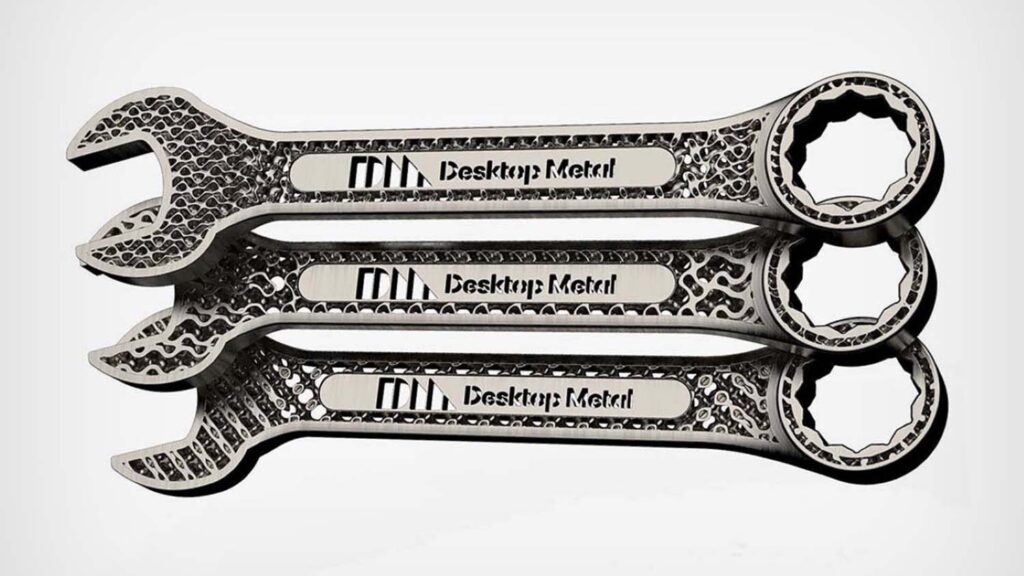Stratasys is to acquire Desktop Metal in a deal totalling roughly $1.8 Billion, which on the face of it sees a global polymers leader acquire a strong market player in the growing metals additive manufacturing sector.
Yet beyond this first glance appraisal there’s a lot going on in the background. While bolstering its metals additive manufacturing footprint is a key factor for Stratasys, it is also bringing in many of Desktop Metal’s other technologies, namely its sand casting, ceramics and the intriguing Free Foam, not to mention its wood 3D printer Forust. Desktop Metal has been producing some of the most interesting 3D printing R&D products with varying success in bringing them to mass market adoption, which if Stratasys is able to have more success opens up some new avenues for additive manufacturing.

The transaction brings together complementary IP portfolios with more than 3,400 patents and pending patent applications coming from a joint investment of some $500M over the last four years. Stratasys says that 800 scientists and engineers from both sides will combine as a result of the deal.
For Stratasys, it builds a portfolio that is unrivalled in the sector, placing the company as the catch-all brand in the additive sector as many other firms are using this time to downscale and focus in on building user-case focussed solutions rather than generic systems.
Of course, this makes for another step in Stratasys increasing its role in end-use part mass manufacturing, as Dr. Yoav Zeif, CEO of Stratasys, said: “The combination with Desktop Metal will accelerate our growth trajectory by uniting two leaders to create a premier global provider of industrial additive manufacturing solutions.”
Yet there’s also the question of scale. With the UltiMaker family, which Stratasys has a minority stake but a large influence through the accessibility to its industrial patents, the filtering down of technology to desktop 3D printers has worked well, allowing technologies to become more approachable as a basis for snaring manufacturing processes later in the product lifecycle. While this sector has never been of interest to Desktop Metal (its ‘Shop’ systems are still sizeable units once all peripherals are involved), the ability to share R&D, patented technologies and experience means that we might one day see the scaling down some systems to sizes better suited for R&D labs and design studios.
For now the race will be to filter Desktop Metal’s products into Stratasys’ vast global reseller network – with the deal suggesting a combined 2025 revenue of $1.1 billion. It’s a very bold step and it will be interesting to see where this leaves Stratasys – itself the focus of several acquisition stories over the past five years, including confirmed bids from NanoDimension and 3D Systems in the past week.
‘Heat-activated’ 3D Printed FreeFoam announced by Desktop Metal






